NCKU Professor Eiichiro Kawamori's team designs probes independently and successfully measures plasma turbulence.
In the universe, over 99% of known matter exists in the plasma state. Therefore, phenomena of plasma turbulence commonly observed in space science, astrophysics, and magnetic confinement fusion research, such as solar coronae, solar wind, accretion disks, and turbulent heating in magnetic confinement fusion plasmas, have remained mysteries despite scientists' long-term efforts.
Plasma turbulence is generally understood as the process by which large-scale vortices in plasma split into smaller-scale vortices. However, directly measuring this phenomenon in space plasma due to its immense spatial scales or in the extremely high-temperature environments of fusion plasmas, such as those found on the surface of the Sun, poses significant challenges. Obtaining more information about plasma turbulence in laboratory settings would greatly aid its application in nuclear fusion, space, and astronomical research in the future.
Since 2013, the Plasma Science Laboratory at NCKU has been conducting research on measuring plasma turbulence in laboratory settings using probes. After years of experimentation, optimization, and improvement, significant progress has recently been made. Professor Eiichiro Kawamori stated that traditional probes could only measure the average velocity of ions and provide information at a single point. Obtaining ion velocity distribution requires not only finding new measurement methods but also simultaneous multi-point measurements while avoiding interference that could affect measurement accuracy. Overcoming these challenges has been paramount.
The newly designed and developed probe can directly measure the distribution function of ion cyclotron velocities. Initially, the probe is set to the same potential as the plasma in the vacuum chamber. Different velocity ions are then filtered by orbit and their currents measured, thereby obtaining ion velocity and density distributions. To improve probe signals, measures such as isolating the current-voltage conversion circuit and data collection system to eliminate inherent probe capacitance signals, as well as adding stainless steel mesh and aluminum plates outside the probe to eliminate high-energy electron signals, were taken. Finally, extending the probe trajectory length was implemented to eliminate quasi-free ion signals. Consequently, ion cyclotron velocity and density distributions in magnetized plasma were successfully measured in the laboratory. The experimental results confirm that plasma turbulence in velocity space is similar to the process of large-scale vortices splitting into small-scale vortices as predicted by traditional fluid theories.
The Institute of Space and Plasma Sciences at NCKU is the only research institute in Taiwan that develops space and fusion science based on plasma science. It conducts various research on measuring experiments, theories, and simulations of various plasma phenomena. Professor Eiichiro Kawamori's Plasma Science Laboratory is the only magnetized plasma laboratory in Taiwan, equipped with Taiwan's first magnetically controlled plasma experimental equipment. It is dedicated to studying fundamental plasma physics in fusion plasmas and advanced highly magnetized plasma science, including various phenomena common to plasmas in fusion, space, and astronomy, such as waves, instabilities, turbulence, and kinetic-magnetic energy exchange.
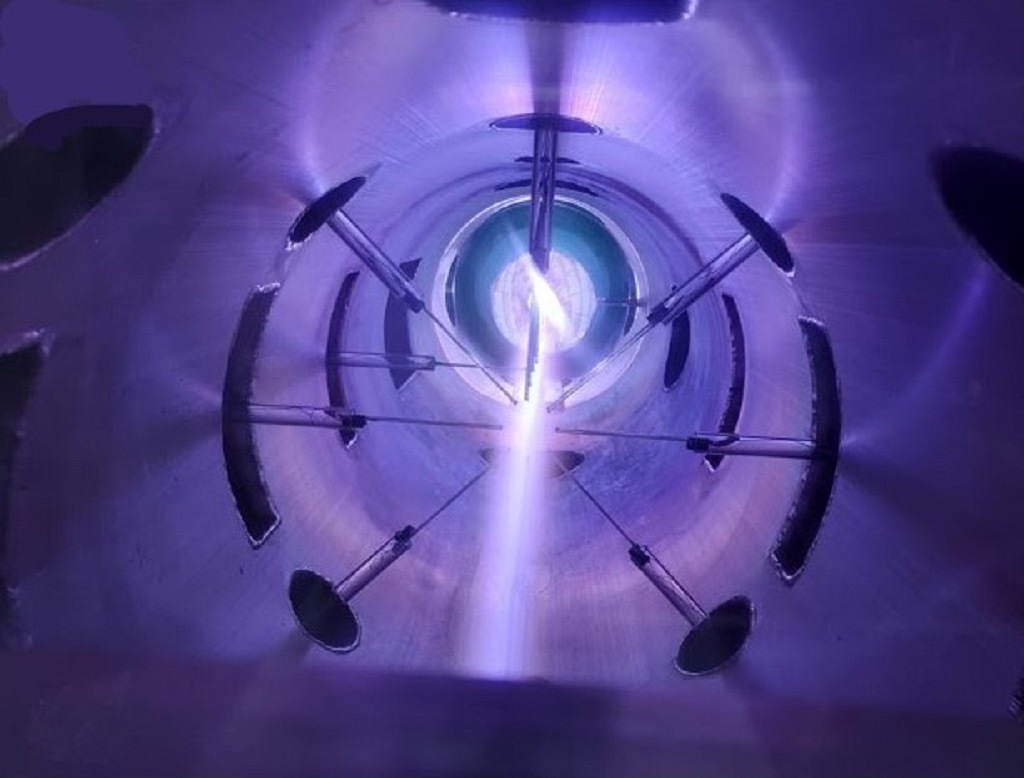
Plasma turbulence phenomena in magnetized plasmas have long been a mystery that scientists have dedicated themselves to unraveling, yet it remains unresolved.
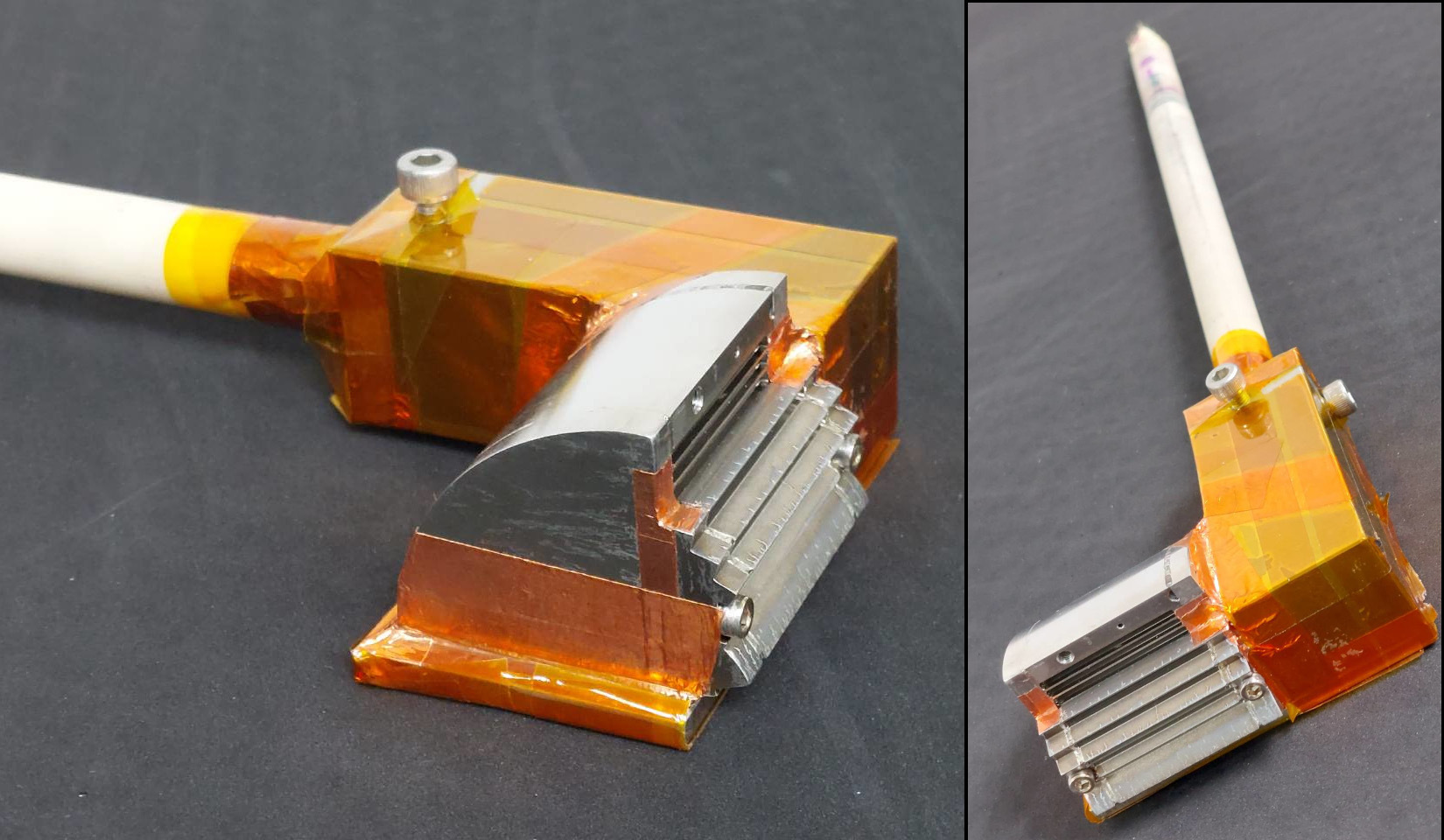
NCKU Institute of Space and Plasma Sciences, under the leadership of Professor Eiichiro Kawamori's, and with the assistance of master's student Yu-Ting Lin, has successfully designed and utilized custom probes to measure and validate plasma turbulence phenomena in the laboratory.

NCKU Institute of Space and Plasma Sciences, led by Professor Eiichiro Kawamori, serves as Taiwan's sole magnetized plasma laboratory. It houses Taiwan's first magnetically controlled plasma experimental equipment.
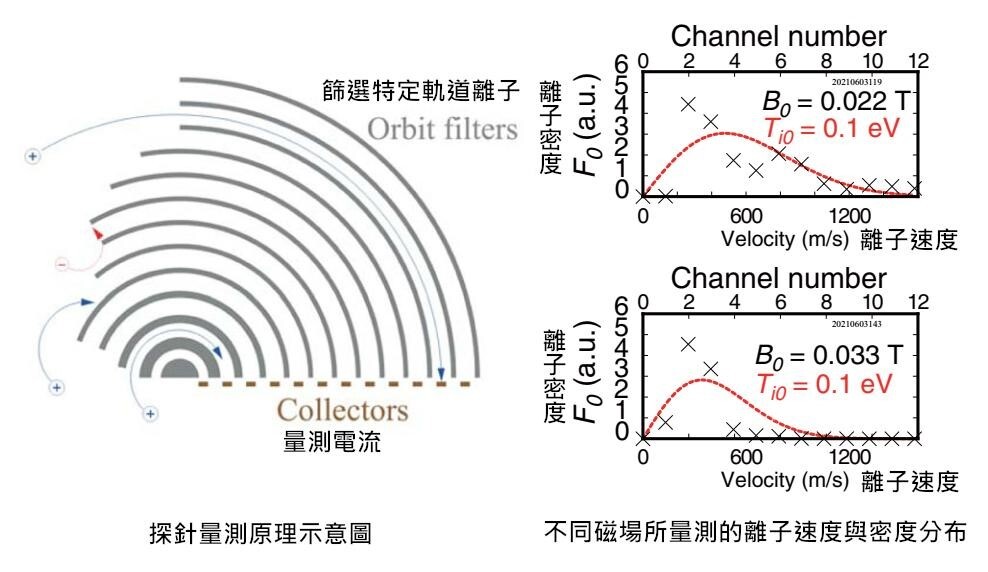
The principles of probe measurement and the distribution of ion velocity and density measured in experiments.
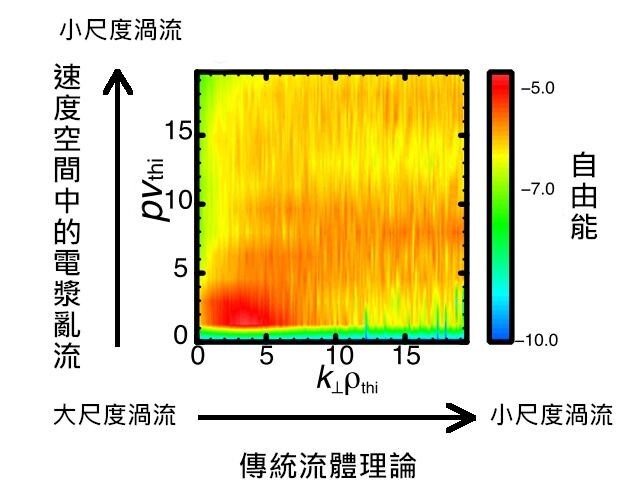
Experiments show that plasma turbulence in velocity space exhibits a process similar to the large-scale vortex splitting into small-scale vortices in traditional fluid theory.
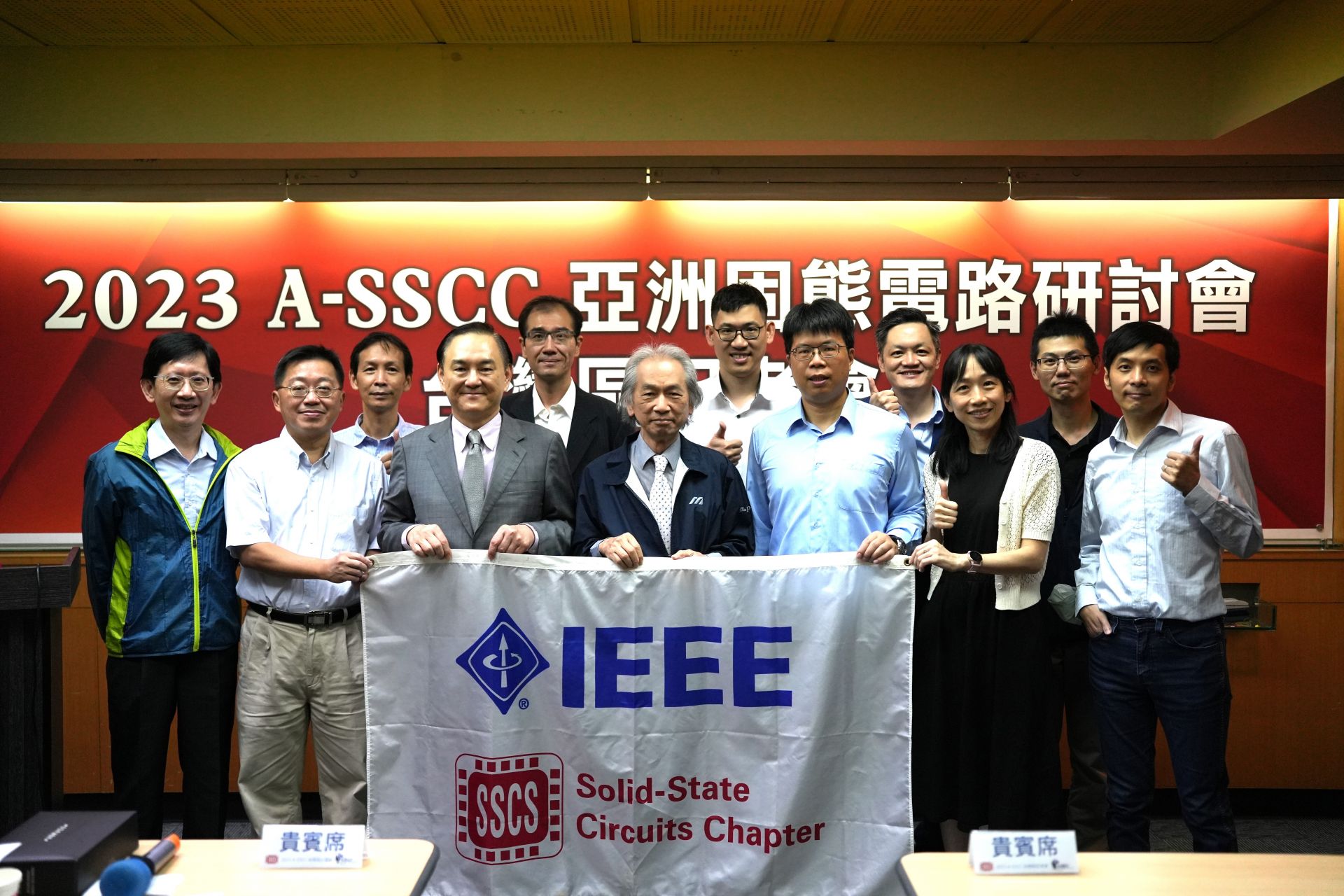
SDG9The NCKU has been selected to present papers at the 2023 IEEE Asian Solid-State Circuits Conference (A-SSCC).
View more
SDG9NCKU Seawarrior Team Secures Fifth Place in the European International Submarine Races
View more



















